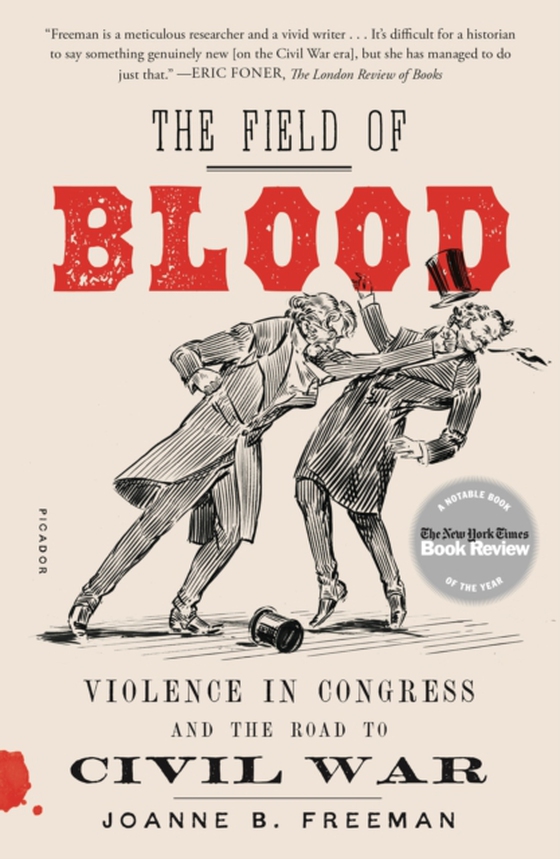
Field of Blood e-bog
109,44 DKK
(inkl. moms 136,80 DKK)
"e;One of the best history books I've read in the last few years."e; -Chris HayesThe Field of Blood recounts the previously untold story of the violence in Congress that helped spark the Civil War.A NEW YORK TIMES NOTABLE BOOK OF THE YEARAN NPR BEST BOOK OF THE YEARONE OF SMITHSONIAN'S BEST HISTORY BOOKS OF THE YEARHistorian Joanne B. Freeman recovers the long-lost story of physical vio...
E-bog
109,44 DKK
Forlag
Farrar, Straus and Giroux
Udgivet
11 september 2018
Længde
480 sider
Genrer
1KBB
Sprog
English
Format
epub
Beskyttelse
LCP
ISBN
9780374717612
"e;One of the best history books I've read in the last few years."e; -Chris HayesThe Field of Blood recounts the previously untold story of the violence in Congress that helped spark the Civil War.A NEW YORK TIMES NOTABLE BOOK OF THE YEARAN NPR BEST BOOK OF THE YEARONE OF SMITHSONIAN'S BEST HISTORY BOOKS OF THE YEARHistorian Joanne B. Freeman recovers the long-lost story of physical violence on the floor of the U.S. Congress. Drawing on an extraordinary range of sources, she shows that the Capitol was rife with conflict in the decades before the Civil War. Legislative sessions were often punctuated by mortal threats, canings, flipped desks, and all-out slugfests. When debate broke down, congressmen drew pistols and waved Bowie knives. One representative even killed another in a duel. Many were beaten and bullied in an attempt to intimidate them into compliance, particularly on the issue of slavery.These fights didn't happen in a vacuum. Freeman's dramatic accounts of brawls and thrashings tell a larger story of how fisticuffs and journalism, and the powerful emotions they elicited, raised tensions between North and South and led toward war. In the process, she brings the antebellum Congress to life, revealing its rough realities-the feel, sense, and sound of it-as well as its nation-shaping import. Funny, tragic, and rivetingly told, The Field of Blood offers a front-row view of congressional mayhem and sheds new light on the careers of John Quincy Adams, Henry Clay, and other luminaries, as well as introducing a host of lesser-known but no less fascinating men. The result is a fresh understanding of the workings of American democracy and the bonds of Union on the eve of their greatest peril.
 Dansk
Dansk

